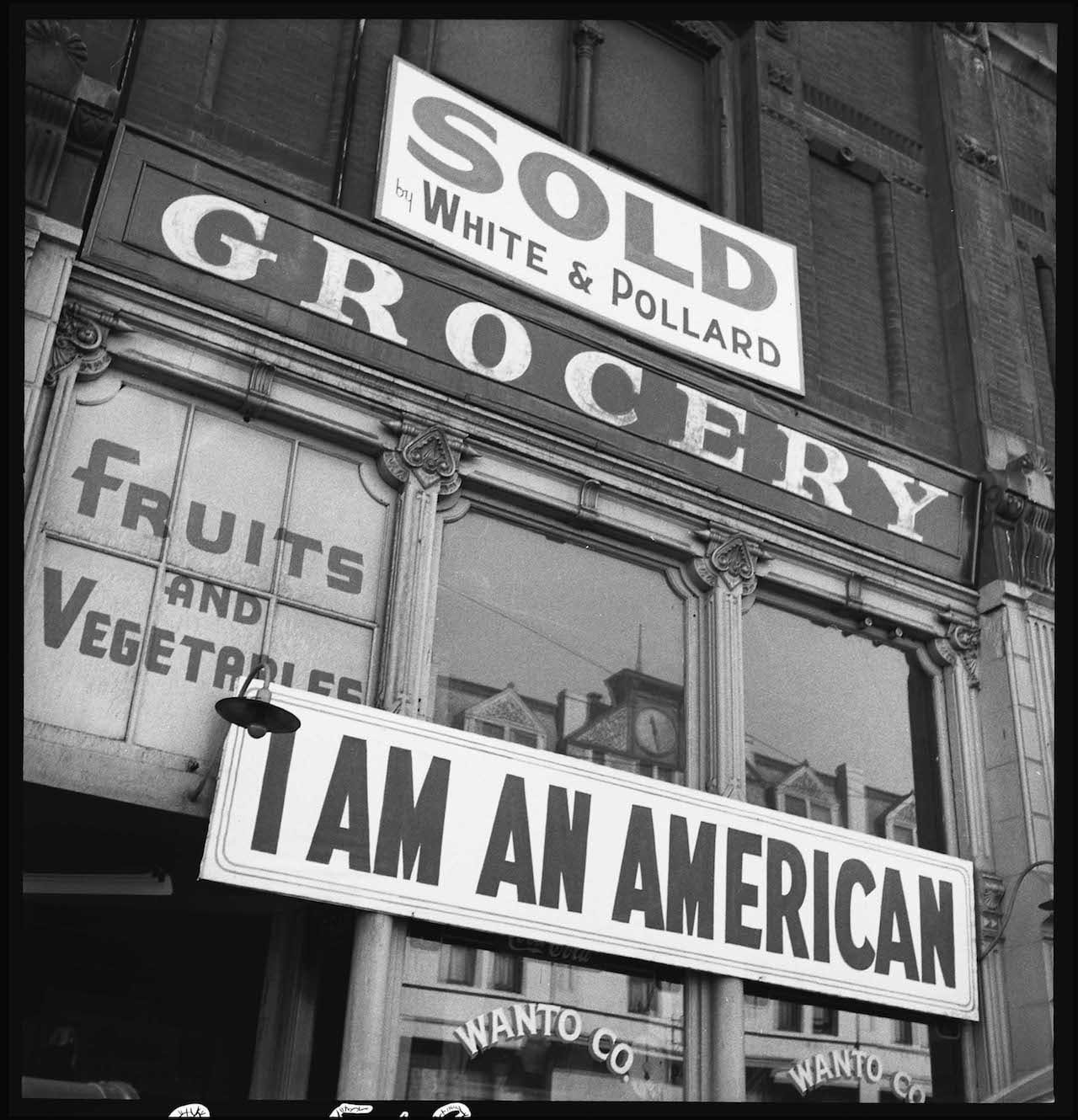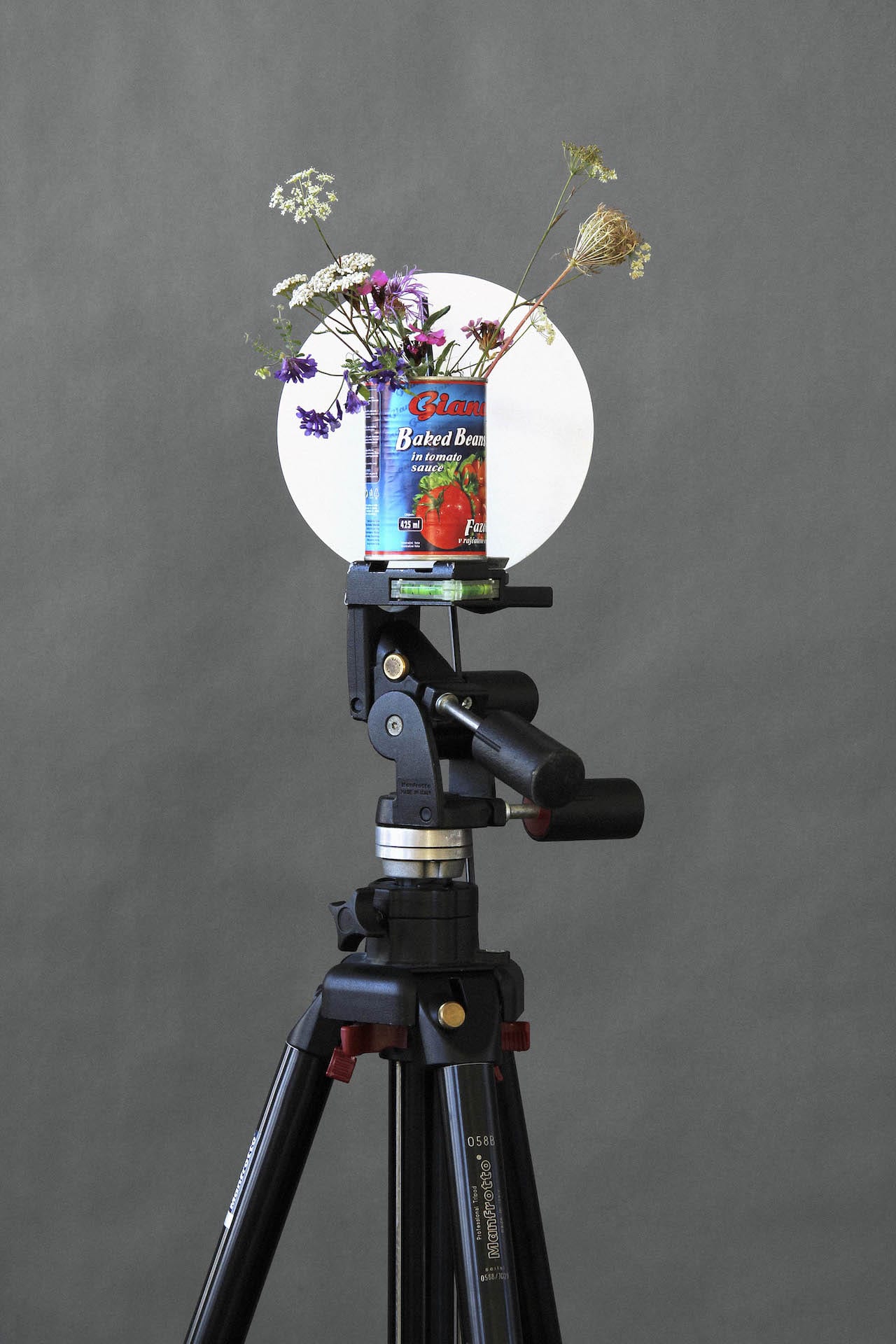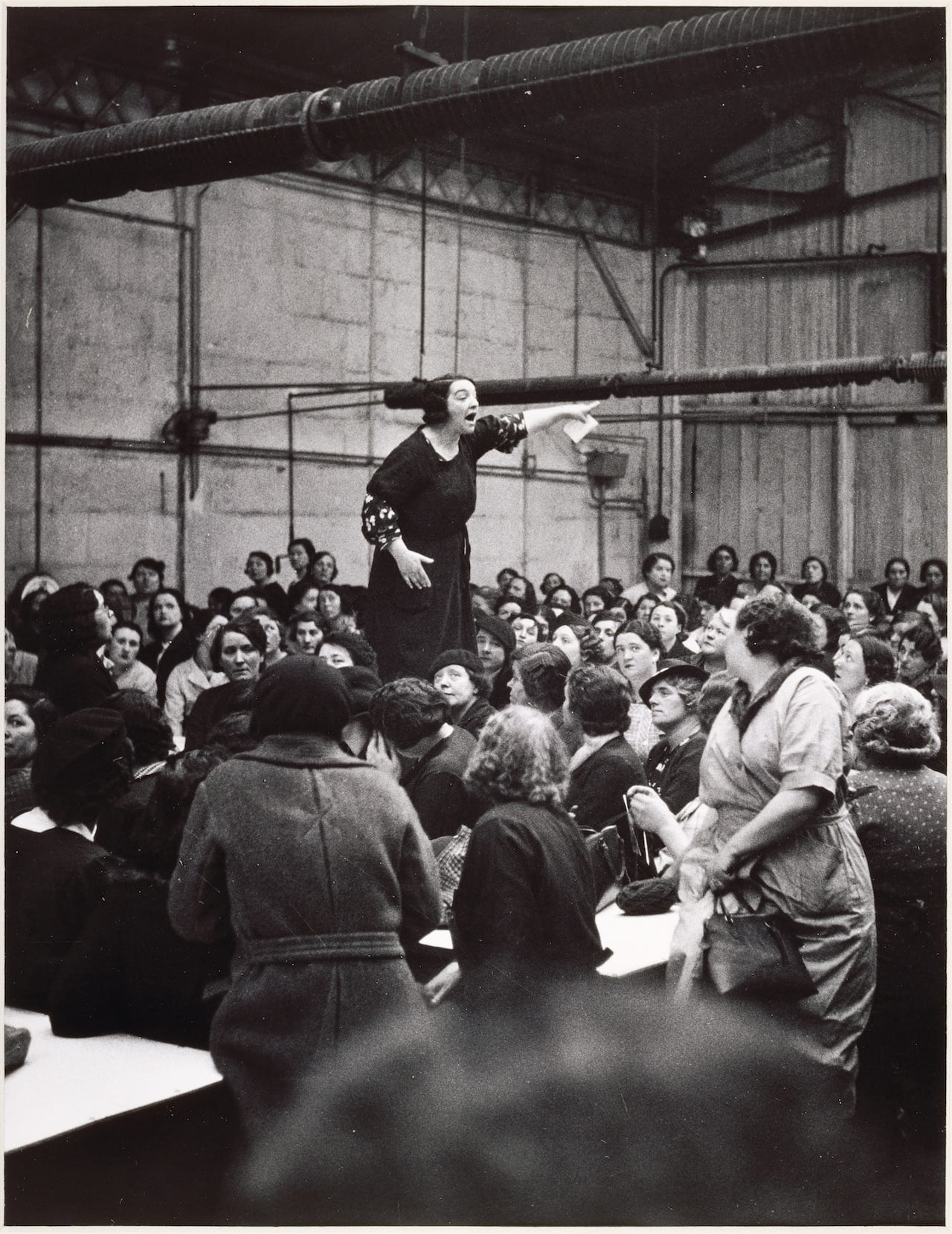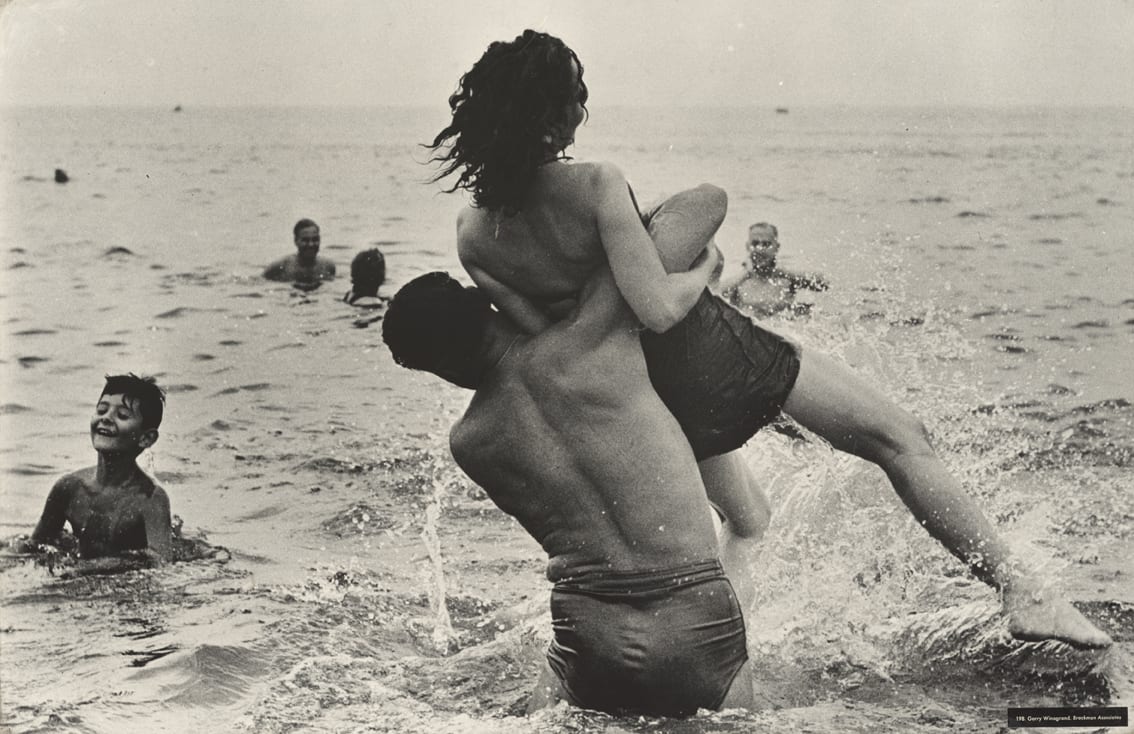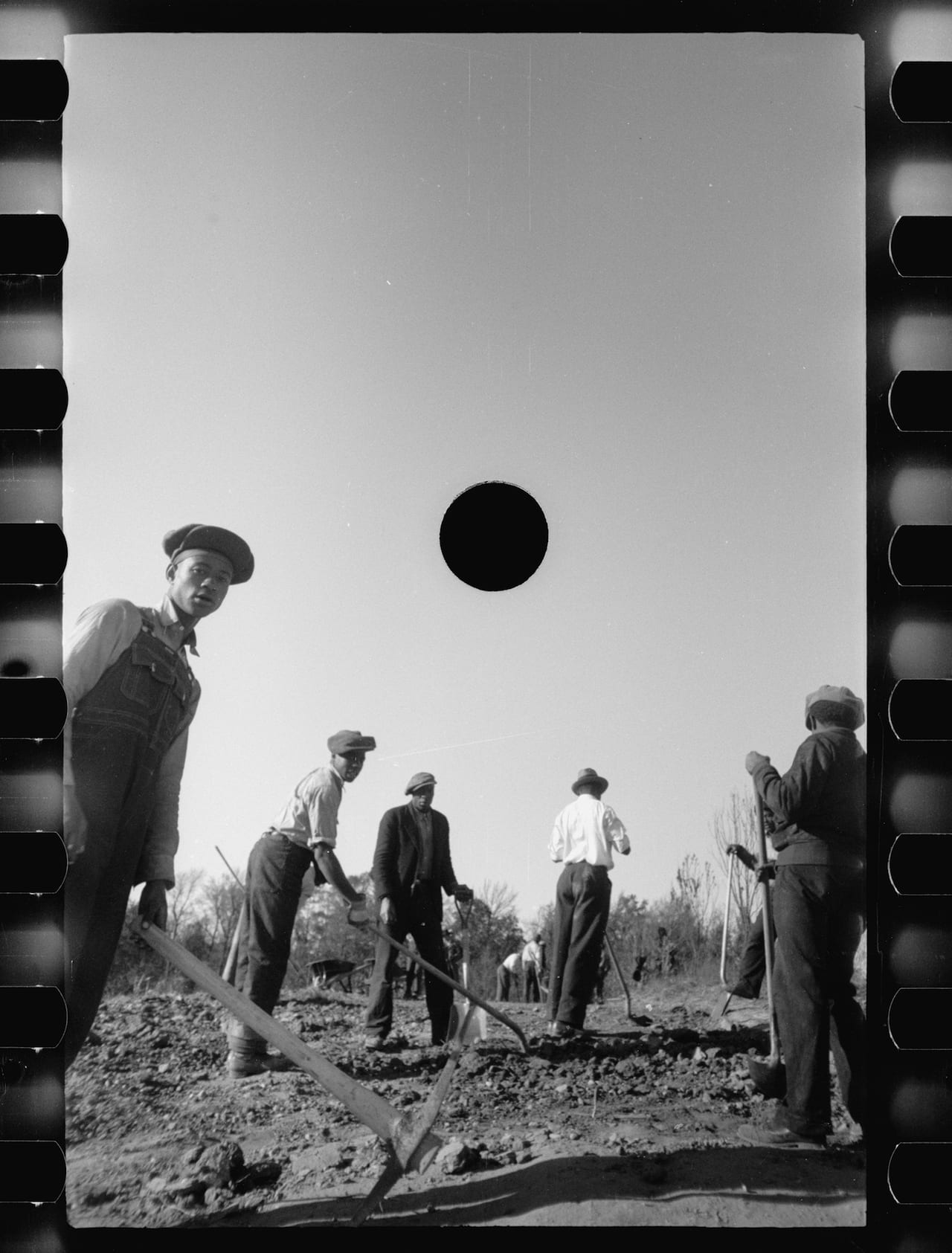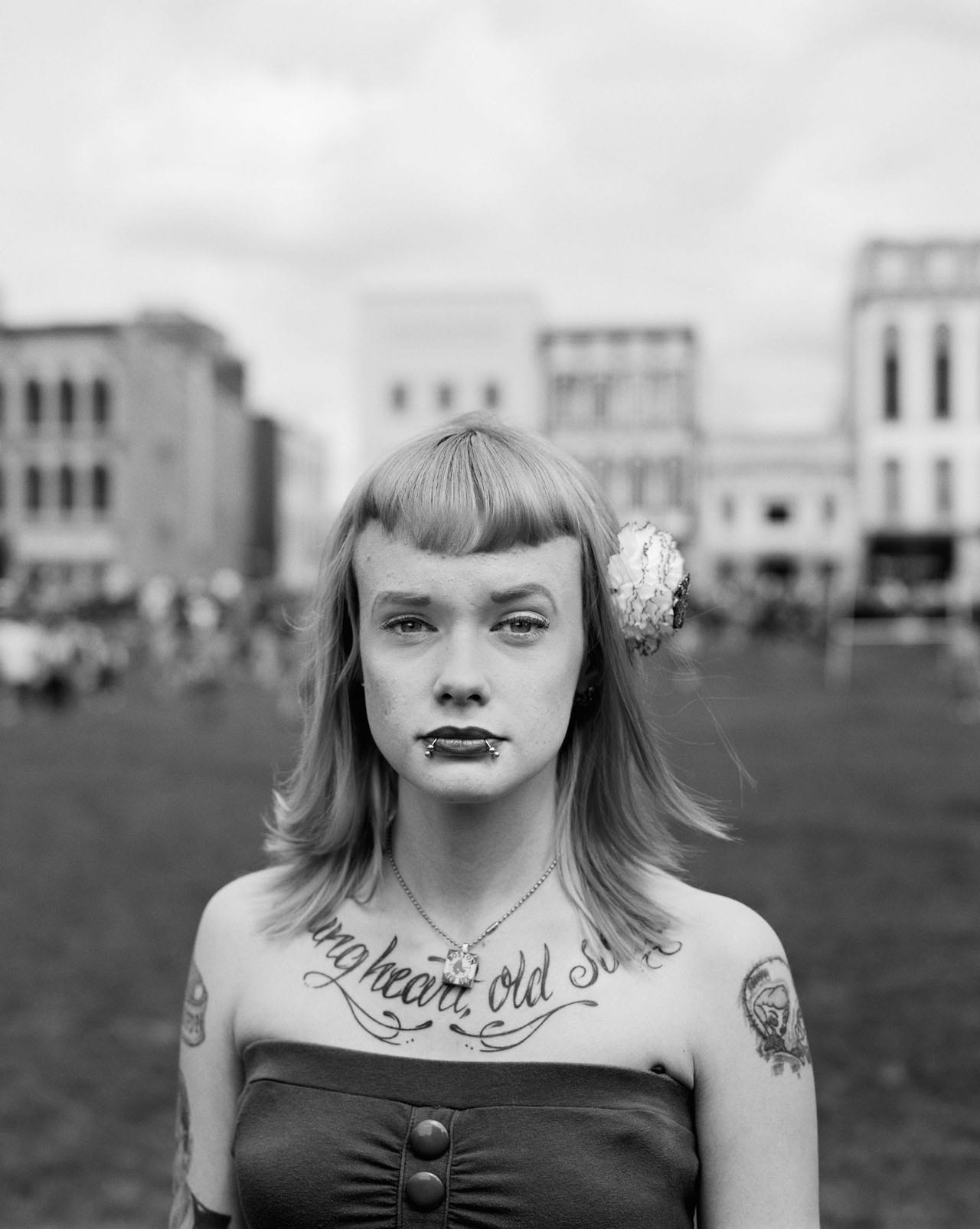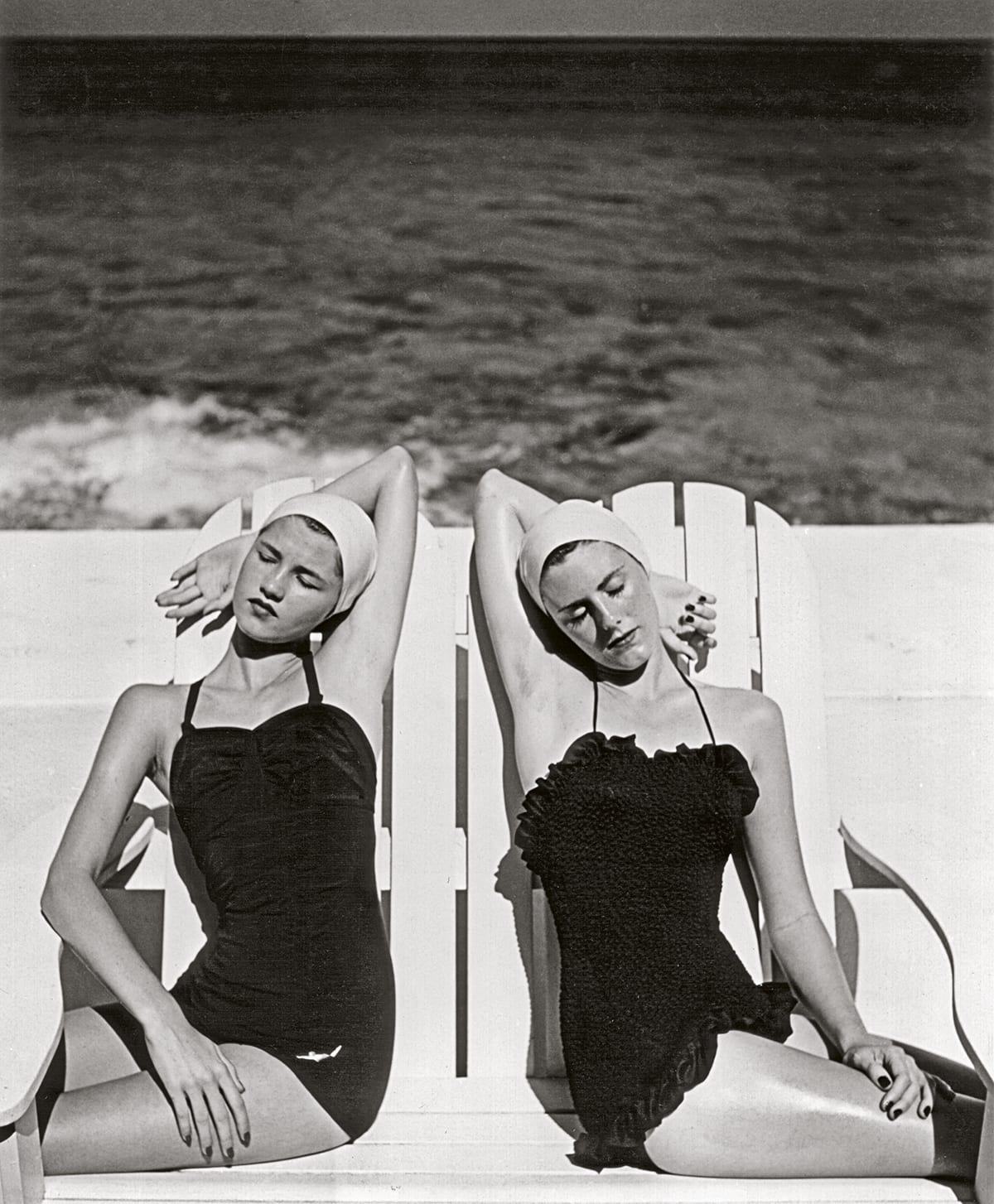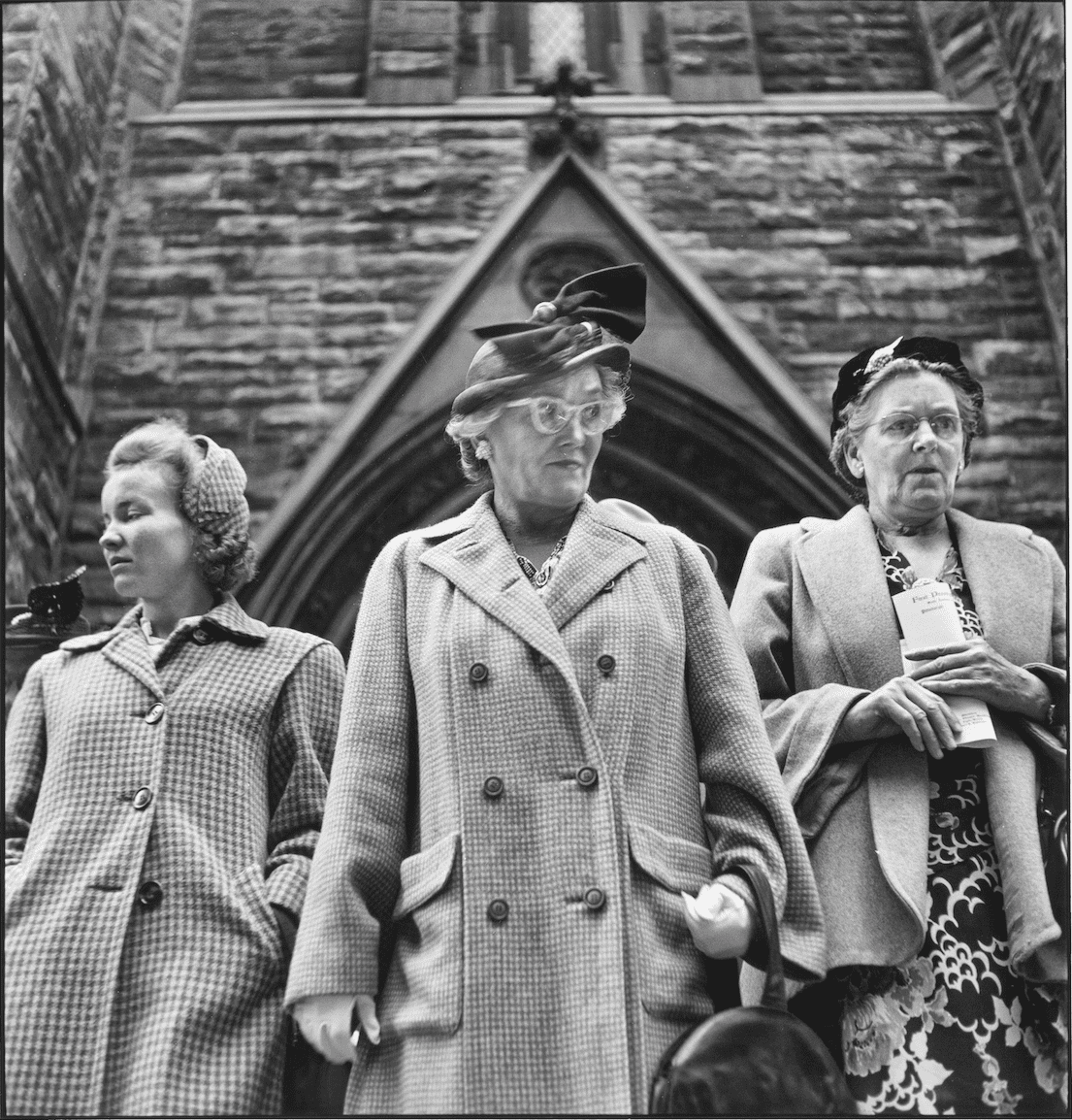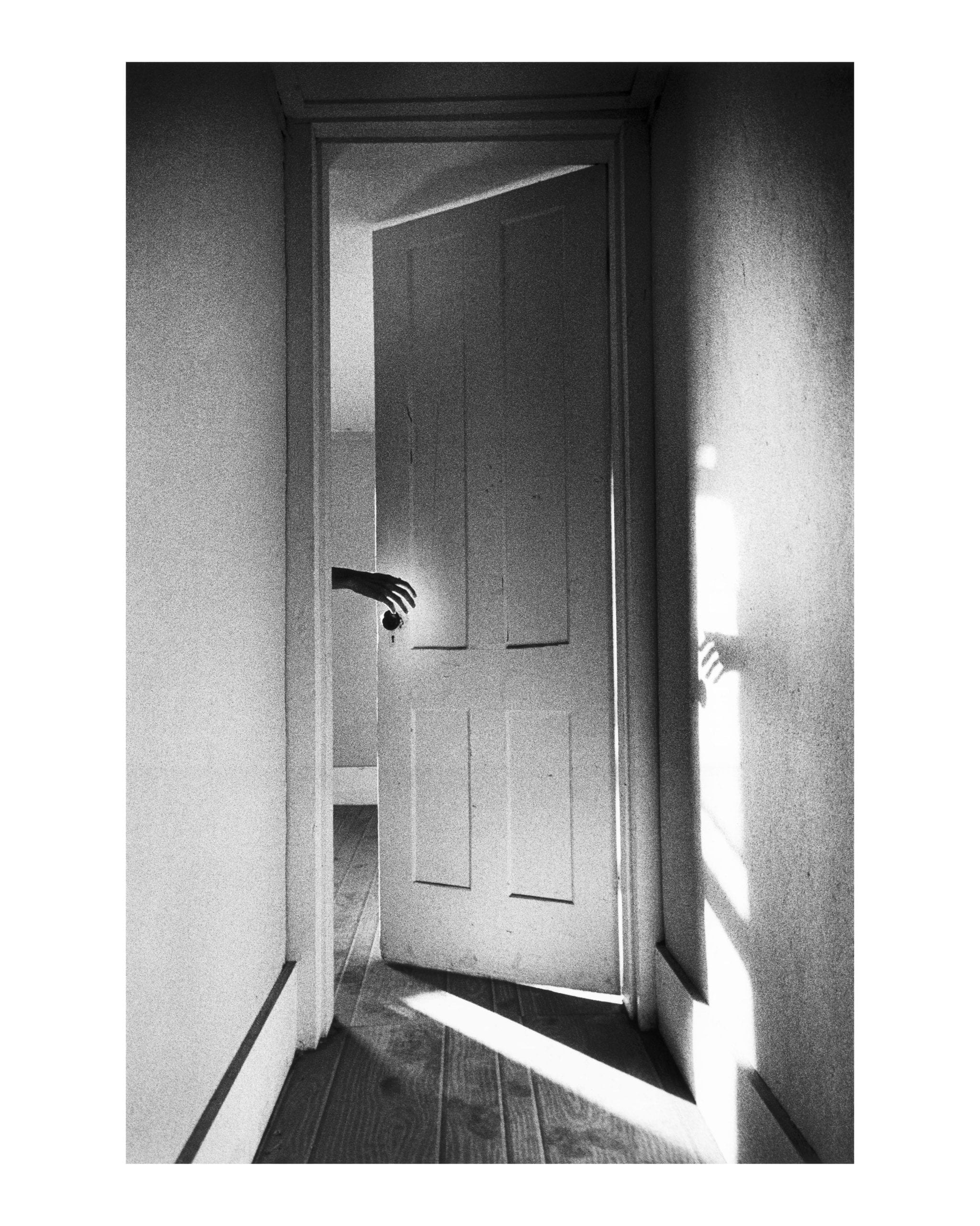On 19 February, 1942, President Franklin D. Roosevelt signed Executive Order 9066, setting in motion a process in which all Americans of Japanese ancestry living on or near the West Coast were imprisoned. In total, 120,000 Japanese Americans were forced to leave their homes, moving into detention camps in which they were sometimes literally held behind barbed wire, without recourse to due process or other constitutional protections to which they were entitled.
It was, argues a forthcoming exhibition in San Francisco, a “dark chapter” in American history, motivated by “fear-mongering and racism at the highest levels of the US government”. Titled Then They Came for Me: Incarceration of Japanese Americans during WWII and the Demise of Civil Liberties, the exhibition features work by both noted American documentary photographers such has Dorothea Lange and Ansel Adams and incarcerated Japanese American artists Toyo Mityatake and Miné Okubo. Drawing out “parallels to tactics chillingly resurgent today”, the exhibition is accompanied by a full programme of events, including a discussion on 02 March titled The Realities of Othering: Islamophobia and the Legacy of Japanese American Incarceration.

